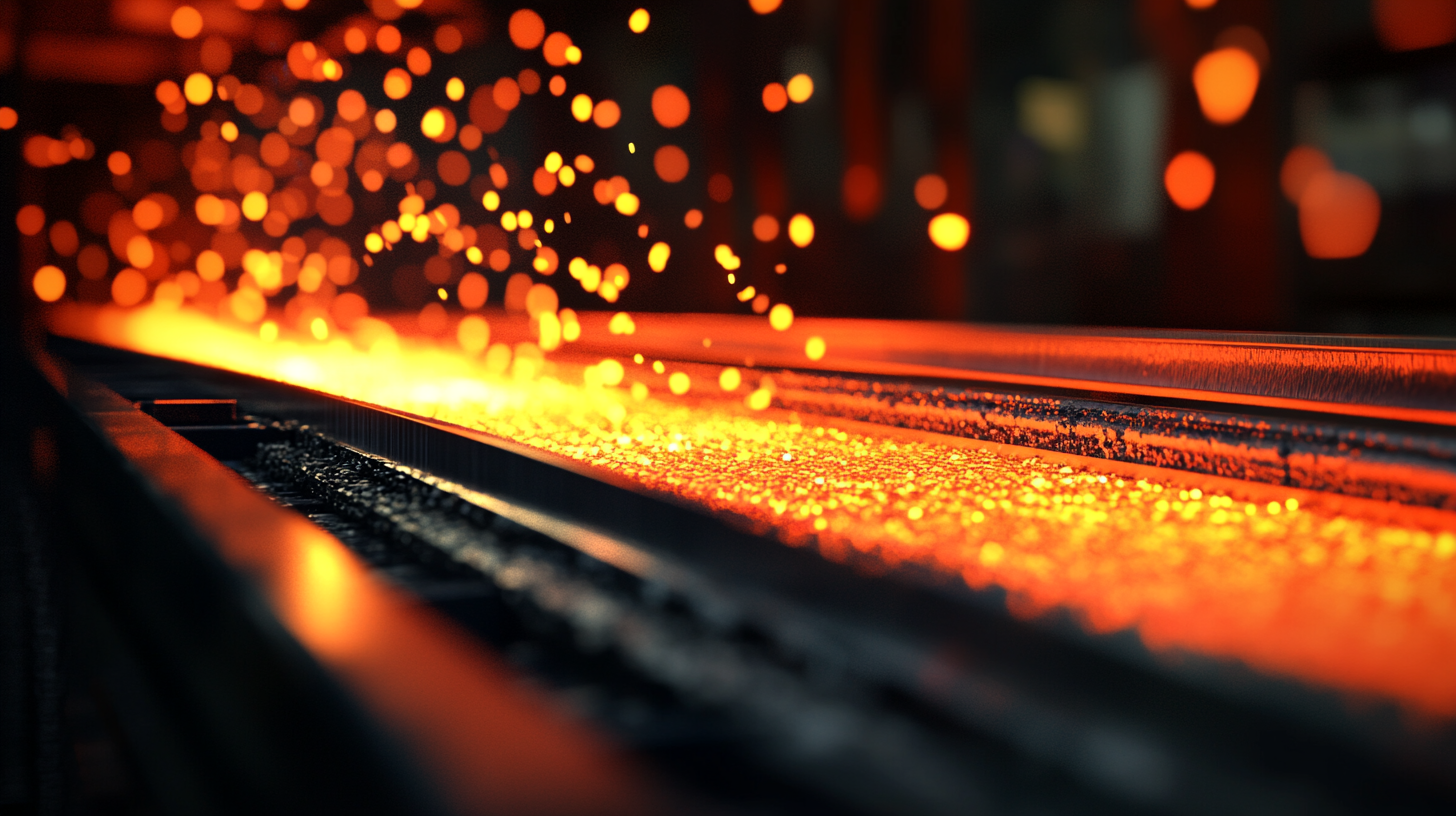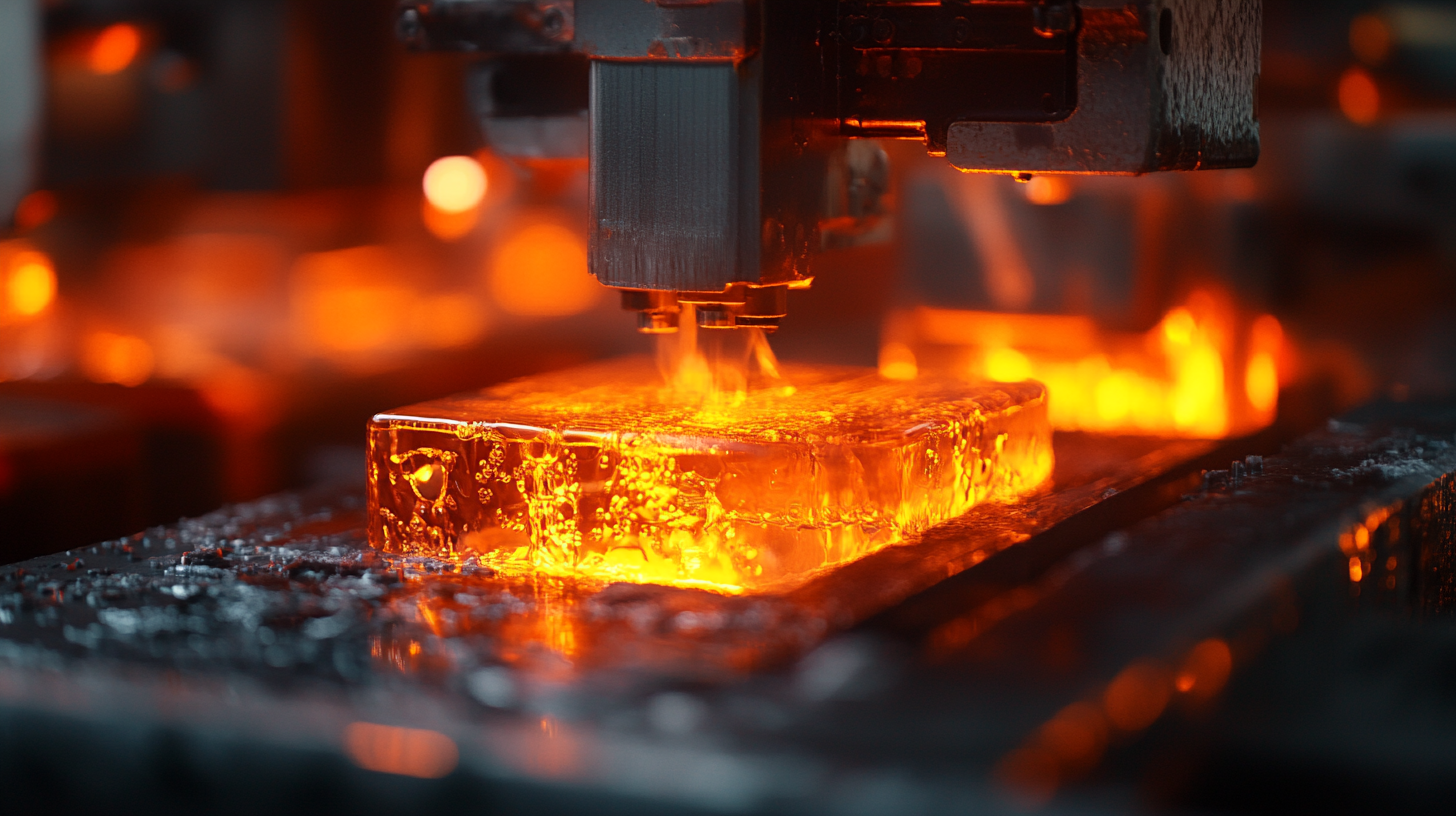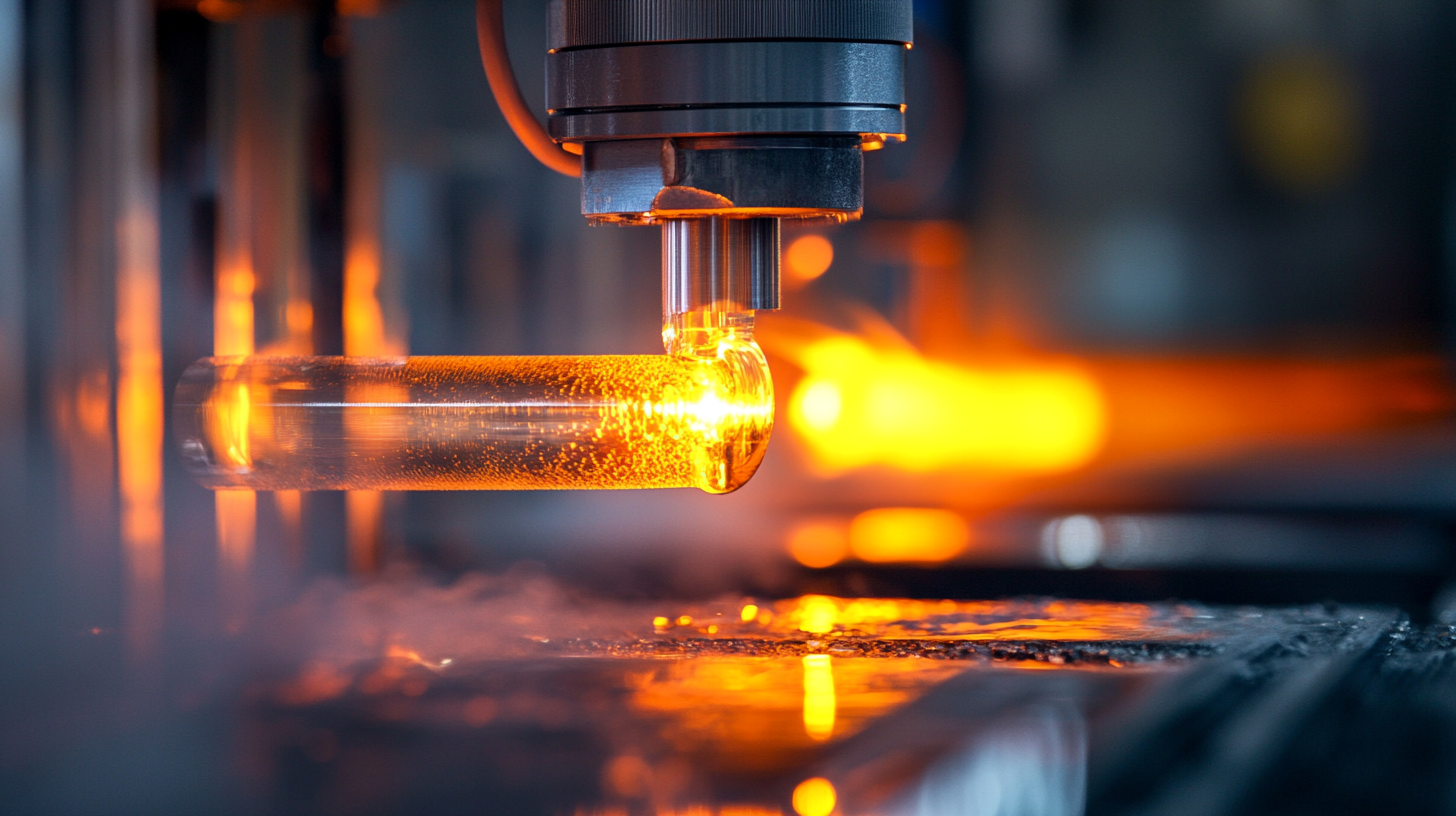Unleashing Efficiency in Manufacturing with Warm Isostatic Press Technology for Global Procurement Leaders
As global procurement leaders seek innovative solutions to enhance operational efficiency in manufacturing, Warm Isostatic Press (WIP) technology emerges as a pivotal game changer. According to a report by Mordor Intelligence, the global isostatic pressing market is projected to reach USD 1.3 billion by 2026, with a significant portion attributed to the adoption of cutting-edge techniques like WIP. This advanced technology not only improves the mechanical properties of materials but also reduces production costs, aligning perfectly with the burgeoning demand for sustainable and efficient manufacturing practices worldwide.
Moreover, a study by Research and Markets highlights that companies leveraging Warm Isostatic Press technology can achieve up to a 30% improvement in material yield and a dramatic reduction in waste. As manufacturing industries continue to face pressure to optimize their processes, the integration of WIP represents an opportunity for procurement leaders to drive strategic advantage. By harnessing this innovative approach, organizations can meet increasing consumer demands while contributing to environmental sustainability, thus redefining the future landscape of manufacturing.

The Impact of Warm Isostatic Pressing on Material Efficiency in Manufacturing
Warm Isostatic Pressing (WIP) technology is revolutionizing the manufacturing sector by significantly enhancing material efficiency. As global procurement leaders seek ways to optimize production processes, the implementation of WIP stands out as a critical solution. This advanced technique applies heat and pressure uniformly to materials, reducing defects and producing highly dense components with improved mechanical properties. By refining the microstructure of materials, WIP not only reduces waste but also extends product life, making it an ideal choice for industries where precision and durability are paramount. The impact of WIP on material efficiency is profound. Traditional manufacturing methods often result in significant material loss due to machining processes and other inefficiencies. In contrast, WIP allows manufacturers to utilize raw materials more effectively, minimizing scrap and enhancing yield. This not only leads to lower material costs but also aligns with sustainability goals, enabling companies to meet regulatory requirements while reducing their environmental footprint. As a result, manufacturers can produce high-quality parts with fewer resources, paving the way for increased profitability without compromising on quality. Moreover, WIP technology supports innovation in material development, particularly for high-performance applications. By allowing the use of advanced materials that would not be viable with conventional techniques, such as complex alloys and composites, WIP opens the door to creating lighter, stronger, and more efficient products. Thus, for global procurement leaders, adopting warm isostatic pressing is more than just a manufacturing choice; it represents a strategic shift toward enhanced material efficiency and operational excellence in a competitive landscape.

Key Benefits of Warm Isostatic Press Technology in Global Supply Chains
Warm Isostatic Press (WIP) technology has emerged as a game-changer in the manufacturing sector, especially for global procurement leaders looking to enhance supply chain efficiency. This advanced method combines heat and pressure to improve the material density and structure of components, leading to significant benefits in production processes. One key advantage of WIP technology is its ability to reduce material waste during manufacturing. By utilizing this method, companies can achieve near-net shape components that require minimal machining, thus saving both time and resources.
Another noteworthy benefit is the enhancement of mechanical properties in the processed materials. WIP not only eliminates internal voids but also refines the microstructure, resulting in components with superior strength and durability. For procurement leaders, this means sourcing higher-quality products that can withstand the rigors of various applications, ultimately leading to reduced failure rates and longer product lifespans. Additionally, these improvements can facilitate compliance with stringent industry standards, providing a competitive edge in the marketplace.
In the context of global supply chains, the adoption of Warm Isostatic Press technology can streamline logistics and reduce lead times. By producing parts with consistent quality and performance, companies can forecast demand more accurately and manage inventories more effectively. This results in a smoother workflow, allowing businesses to respond swiftly to changes in market demands while maintaining cost efficiency. Embracing WIP technology is not just a manufacturing enhancement; it's a strategic move for procurement leaders aiming to optimize their supply chain management and drive overall business success.

Comparative Analysis: Traditional Methods vs. Warm Isostatic Pressing
In the evolving landscape of manufacturing, the need for efficiency and innovation is paramount. Traditional methods, such as casting and forging, have served industries well for decades. However, they often fall short in terms of material properties and process efficiency. A recent report from the National Institute of Standards and Technology (NIST) indicates that conventional manufacturing techniques can lead to waste rates of up to 30%, severely impacting overall production costs. In contrast, Warm Isostatic Pressing (WIP) technology has emerged as a game-changer, providing superior densification of materials and reducing wastage.
Warm Isostatic Pressing operates at elevated temperatures under controlled pressure, facilitating better particle rearrangement and eliminating porosity in components. According to a study by the American Society for Metal Processing, WIP can improve material strength by up to 50% compared to traditional methods. This enhanced performance translates directly into reduced operational costs and longer product lifespans, making it an attractive option for procurement leaders focused on value.
A comparative analysis of process times reveals that WIP can significantly cut down on production cycles. Traditional methods often require multiple steps of machining and finishing, which can extend lead times. Analytics from the Manufacturing Institute highlight that companies adopting WIP typically experience a 20% reduction in turnaround times, enabling them to bring products to market faster and stay competitive. With the increasing demand for high-quality, resilient materials, many industry leaders are turning to WIP as an efficient alternative that meets today's rigorous manufacturing standards.

Case Studies: Successful Implementation of Warm Isostatic Pressing in Industry
Warm Isostatic Pressing (WIP) technology has emerged as a transformative solution in the manufacturing sector, enabling procurement leaders to streamline processes and enhance product quality. This blog explores notable case studies that highlight the successful implementation of WIP in various industries, providing insights into its efficiency and cost-effectiveness.
A striking example is the aerospace industry, where manufacturers have leaned on WIP to produce components with superior mechanical properties. According to a report by the National Aerospace and Defense Contractors Accreditation Program (NADCAP), parts created using WIP exhibit a reduction in porosity by up to 90%, significantly improving fatigue resistance. This enhancement allows companies such as Boeing and Airbus to achieve stringent safety and performance standards, enabling them to maintain a competitive edge in a fast-evolving market.
In the automotive sector, WIP has also demonstrated its value by enhancing the durability of high-performance components. A study conducted by the Society of Automotive Engineers (SAE) highlights that automotive parts subjected to WIP not only achieved a 30% increase in performance longevity but also reduced manufacturing time by approximately 20%. This efficiency translates to lower production costs, allowing companies like Tesla to allocate resources more effectively while scaling production to meet rapidly growing consumer demand.
These case studies underscore the strategic importance of Warm Isostatic Pressing in modern manufacturing. By embracing this technology, organizations can achieve significant improvements in product performance, reduce waste, and optimize supply chain operations, ultimately leading to increased profitability and sustainability.
Future Trends: Innovations in Warm Isostatic Pressing for Enhanced Production Efficiency
The manufacturing landscape is rapidly evolving, with innovations in Warm Isostatic Press (WIP) technology leading the charge in enhancing production efficiency. As global procurement leaders seek to optimize their operations, the newly launched QIH 200 URC Hot Isostatic Press from Quintus Technologies exemplifies the future of this field. This advanced model not only streamlines operations but also significantly reduces energy consumption while minimizing production bottlenecks.
Recent market reports indicate that the Zirconia Ceramic Cover Plate market is poised for substantial growth, projected to rise from USD 1.2 billion in 2024 to USD 2.5 billion by 2033, reflecting a CAGR of 9.2%. This surge is indicative of the broader trends within manufacturing, where the integration of WIP technologies is contributing to improved material properties and enhanced product quality. By investing in sophisticated systems like the QIH 200 URC, companies can harness the benefits of lean production methodologies, particularly in the domains of additive manufacturing (AM), casting, and powder metallurgy (PM) components.
Moreover, innovations in the domain of Warm Isostatic Pressing are facilitating the adoption of novel materials and production methods. The advancements in techniques not only promise better efficiency but also pave the way for new applications that were previously unattainable. As procurement leaders stay ahead of the curve, these technological developments will be essential in driving productivity and fostering sustainable practices within the manufacturing sector.
